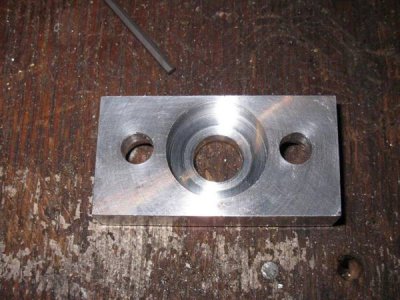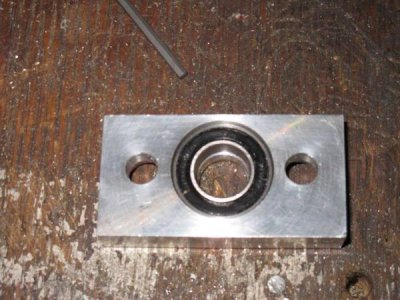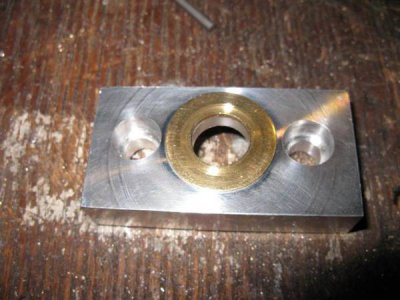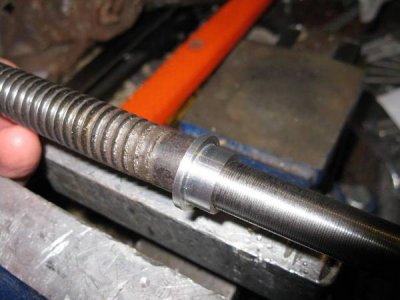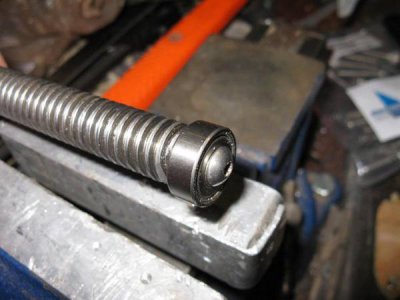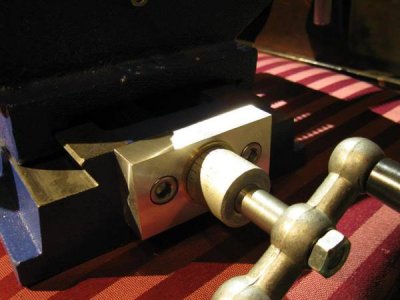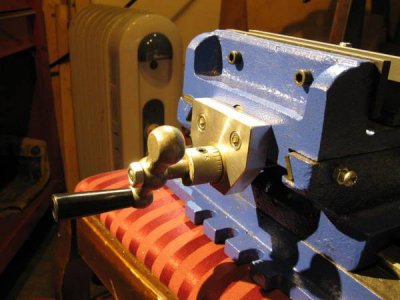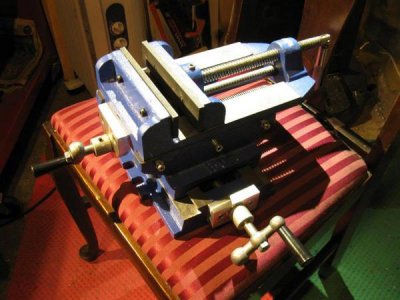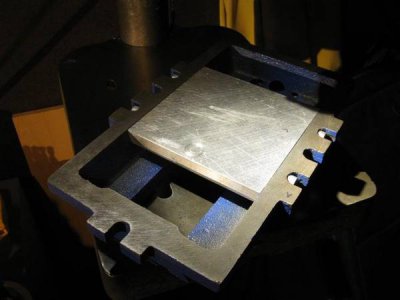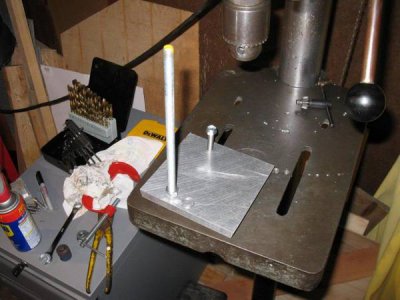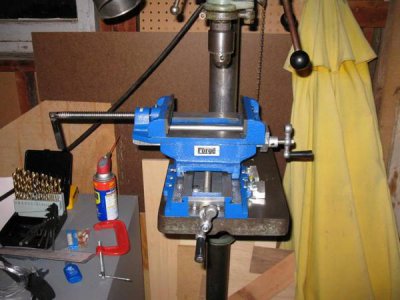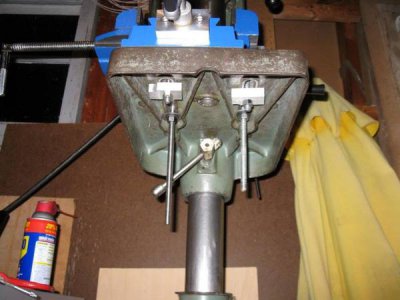- Joined
- Sep 28, 2013
- Messages
- 4,306
I don't know if this will help you or not Eric, but I spent quite a few hours filing down the high spots on the various sliding surfaces as well as lapping and polishing the steel gibs and it slides very nicely now, to the point where I can tighten the gibs to almost binding and then a tiny turn will lock it up. The idea was to knock off any high spots and increase the mating surface area to reduce any unwanted movement. No idea how it'll all work in practice yet as I hit a snag last night assembling the last lead screw, but hopefully I'll know soon enough.


